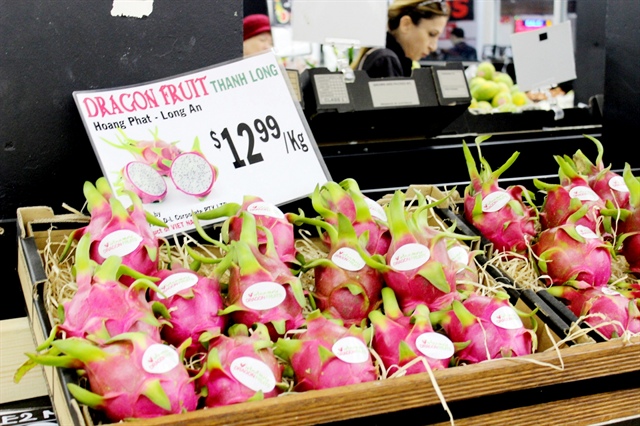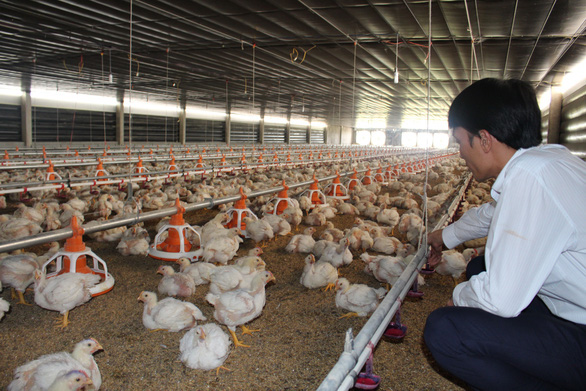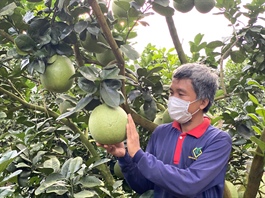Dragon fruit exports breathe fire in New Zealand, Australian markets
Dragon fruit exports breathe fire in New Zealand, Australian markets
The post-COVID-19 consumer demand in Australia and New Zealand for fresh dragon fruit and its products is growing rapidly, creating opportunities for Vietnamese companies to promote exports.
Popular product
Dragon fruit is one of Vietnam’s key exports to Australia and New Zealand. Nguyen Thu Huong, a representative of the Vietnamese Trade Office in Australia, said that Vietnam began exporting this fruit to Australia in 2017 and the export value has grown annually. In 2020, it increased 36 percent. In 2021, due to the impact of the pandemic, the export value grew at a lower rate, 14 percent, reaching US$4.8 million.
“Apart from Vietnamese distribution systems, the fruit is also sold in major retail supermarkets of Australia,” Huong said. This shows the popularity of Vietnamese dragon fruit in Australia.
In New Zealand, dragon fruit is one of three Vietnamese fruit that local companies are allowed to import. Vietnamese Ambassador to New Zealand Nguyen Van Trung said dragon fruit is one of the most successful exports to this market, with value growing continuously since 2014.
Since 2013, the New Zealand government has funded Vietnam’s project to develop dragon fruit varieties with high disease resistance and high yield. The project has created a source of quality dragon fruit for export to New Zealand and other markets.
Humphrey Lawrence, General Manager in charge of imports at MG Marketing (New Zealand), said that the post-COVID-19 consumer demand for dragon fruit is high, selling for about US$40-45 per five-kg box.

Dragon fruit exporters should ensure stable supply in terms of quality and quantity |
Compliance with standards
Lawrence also warned Vietnamese dragon fruit exporters of the need to comply with importers’ standards and ensure the quality of the fruit during and after the transportation process. “Importantly, it is necessary to avoid selling substandard products because this will affect consumer decisions in the future,” he emphasized.
The representative of the Vietnamese Trade Office in Australia said that Australian importers of Vietnamese dragon fruit are required to obtain licenses by the Australian Department of Agriculture, Water and Environment. Prior to transportation, the fresh fruit must undergo vapor heat treatment (VHT) at a temperature of 46.5 degrees centigrade and humidity of 90 percent for 40 minutes at a facility approved by the Plant Protection Department of the Vietnamese Ministry of Agriculture and Rural Development. The plant quarantine certification must be enclosed with the consignment.
“Consumer demand for dragon fruit in Australia is very high. The Australian government is considering licensing imports from the Philippines, apart from Vietnam. Competition in the Australian dragon fruit market is becoming increasingly fierce, so domestic companies should ensure the advantage of Vietnamese dragon fruit,” Nguyen Thu Huong said.
To increase the presence of Vietnamese dragon fruit in the Australian and New Zealand markets, experts urge domestic companies to ensure suitable packaging, quality and stable supply. Tight linkage between dragon fruit farmers and importers should be promoted and maintained to ensure the eligibility of products for export.
| Products made of dragon fruit attract consumers, constituting a potential market segment that Vietnamese companies can exploit. |


























